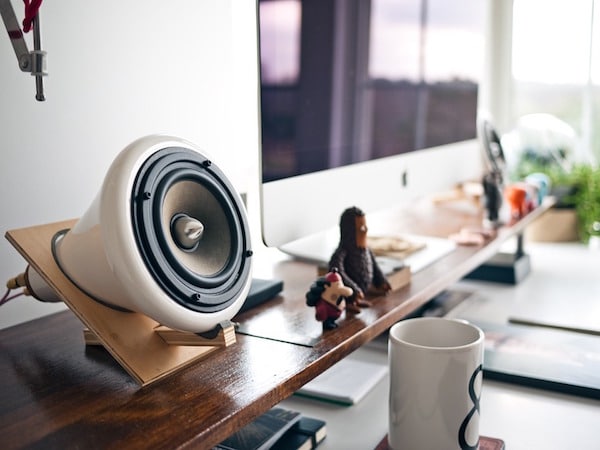Noise has become a health risk factor. Nearly 20% of the population of the European Union (about 80 million people) suffers unacceptable noise levels, what will end up causing discomfort, sleeping problems and possibly adverse effects on health. Are we safe at home?
When thinking about noise pollution within our home, we tend to think about noise coming from outside, focusing on insulation like windows. However, do you pay attention to the noise from the property itself?
We are not only talking about the sounds coming from the neighbors, but also the noises made by the mechanical devices, such as heat pumps, ventilation systems and lifts; or, even, those made by our vacuum cleaners, music equipment, televisions and other appliances. In this acoustic comfort also influences, impact noise generated by the shocks and blows on floors.
The problem has been growing in recent years and noise measurements are increasingly common with psychological factors or, as they have been called, psychoacoustic studies. Metrics traditionally used such as decibels and reverberation time, now is added the subjective psychic auditory impressions of people.
The constructive elements
When designing and building a house, the acoustic comfort must be very present and it is very necessary to attend to two different factors: the sound level in the environment and the acoustic quality of constructive elements.
Fortunately, the Technical Building Code (CTE) already included standards that raised the levels of acoustic insulation required, leading to greater thickness and mass of most common insulation, as well as the incorporation of new technologies such as elastic bands.
These standards, solved it is no longer enough to raise a wall of half a foot of perforated brick or concrete block of 20 centimeters to separate houses, unless having an internal reinforcement on both sides. Nowadays, new measures are settled and choose on solutions without joints or perforations that tend to the continuous.

Thinking about noise from the plans
On the other hand, there are materials commonly used, such as glass or concrete, which from the acoustic point of view are very complicated. In these cases, the guidelines for achieving acoustic comfort have to come from the design of the house, this is, from the architecture studios that have to procure an absorbent design.
If the house has already been designed on the plan to reduce noise pollution up to the maximum, it will always be much cheaper than having to make structural modifications afterwards. In this sense, the initial investment may rise slightly, but in the end it will be lower than being forced to undertake subsequent corrections.
Noise absorption furniture
The recipe to achieve acoustic comfort in our home does not only come from good design and construction of housing, we also play a role.
From decoration the point of view, we are already talking about acoustic furniture, this is, decoration items that greatly improve the acoustics of a room.
Having an external consultancy can be of great help, since the decoration professionals whom not only use the elements of furniture to decorate, but also make them protagonists when it comes to articulating spaces.
Paintings that absorb ambient noise, screens, panels, poufs or shelves are elements that can acquire more functionality: absorbing noise. Likewise, textiles also play a great role when it comes to dampen noise, with pile carpets or thick curtains on windows.







Leave A Comment